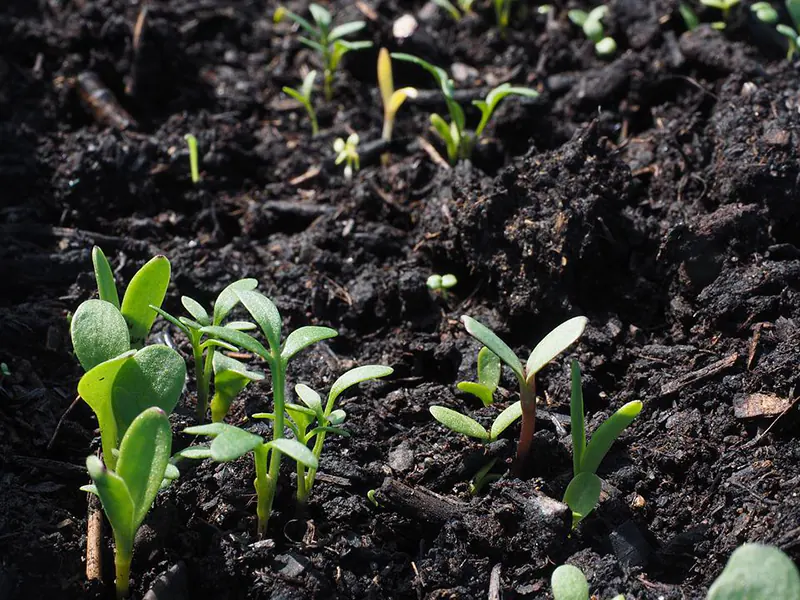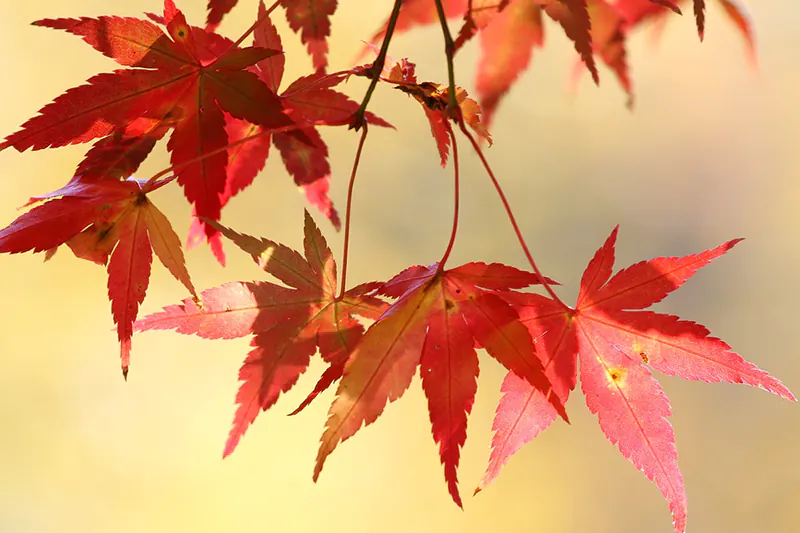Japanese Maple Soil Guide
A classy and elegant Japanese maple in your garden is something to rave about. What’s better is if it’s in impeccable condition and well-cared for. If you’re passionate about your plants, you will have established a suitable watering schedule for each variety.
While adequate watering and fertilizing work wonders, there’s another essential maintenance factor that often goes unnoticed, and that’s the soil. Kindly continue reading below to know more about the perfect soil type for a Japanese maple.
Soil Guide for the Japanese Maple
An ideal soil type for a Japanese maple is well-drained, mildly acidic, and moist soil. It should be sandy and loamy without being highly alkaline. Even though the soil mix should have good drainage, Japanese maples need constant moisture. It would be best to add a low to medium amount of organic matter.
If your soil is dense or clayey, it’s good to amend it with the organic matter by adding aged compost and/or a good planting mix. Add some peat moss to the topsoil as it helps retain the moisture. On the contrary, it’s unnecessary to amend a perfectly well-drained, loamy, and moist soil.
As soggy soil can result in root rot, it’s a good idea to plant your tree in a raised mound instead of on the level ground. Here are some tips that’ll help you determine that:
– If your soil is well-drained and moist, i.e., it drains about 1 inch per hour, it’s a good idea to set the top edge of the root ball about three or four inches above the ground level.
– If you have poor or moderately-drained soil, plant your tree in the hole so that the top edge of the root ball is six inches or more above the ground level.
– If you have poorly-drained soil, we recommend improving the soil drainage conditions by amending it.
– If your soil has excellent drainage and isn’t moist enough, plant your tree in a hole in a way that the top of the root ball isn’t more than an inch above the ground level. Also, amend the soil by adding organic matter to retain moisture, such as peat moss.
The soil’s pH level should be between 5.5 and 6.5 on the pH scale, which shouldn’t be a big concern as most garden soils have a pH between 6.0 and 7.0. Soil pH level is an indicator of alkalinity or acidity of the soil and can be anywhere between 1 and 14. If it’s below 7, the soil is acidic, and above 7 mark indicates alkaline soil. You can easily check your soil’s pH using a pH tester probe. Once you’ve tested it, and you need to raise the pH, add pelletized limestone. Apply chelated iron, soil sulfur, or aluminum sulfate to lower the pH. To increase the acidity (lower the pH), you can also add organic compost to the soil.

Watering and Fertilizing
Japanese maples don’t need frequent watering unless there are drought-like conditions. If your tree is in the developing stage, it will help to water it occasionally, unlike a fully-grown tree.
A layer of mulch to retain water is a good idea, although you can use fertilizing too, if necessary. Make sure the fertilizer doesn’t have high nitrogen levels. Use a slow-release fertilizer for best results instead of a liquid one. Overfertilizing can cause damage to the tree. Less is more, and you should only fertilize once you’ve assessed the tree’s requirements and annual growth. It’s best to feed a Japanese maple in late winter. Unless your tree displays signs of nutrient deficiency, you don’t need to fertilize it, especially if you have perfect soil conditions.
Finally, it’s a good practice to check your tree regularly for any signs of pests, diseases, or root rot to keep it in a healthy and thriving state.







